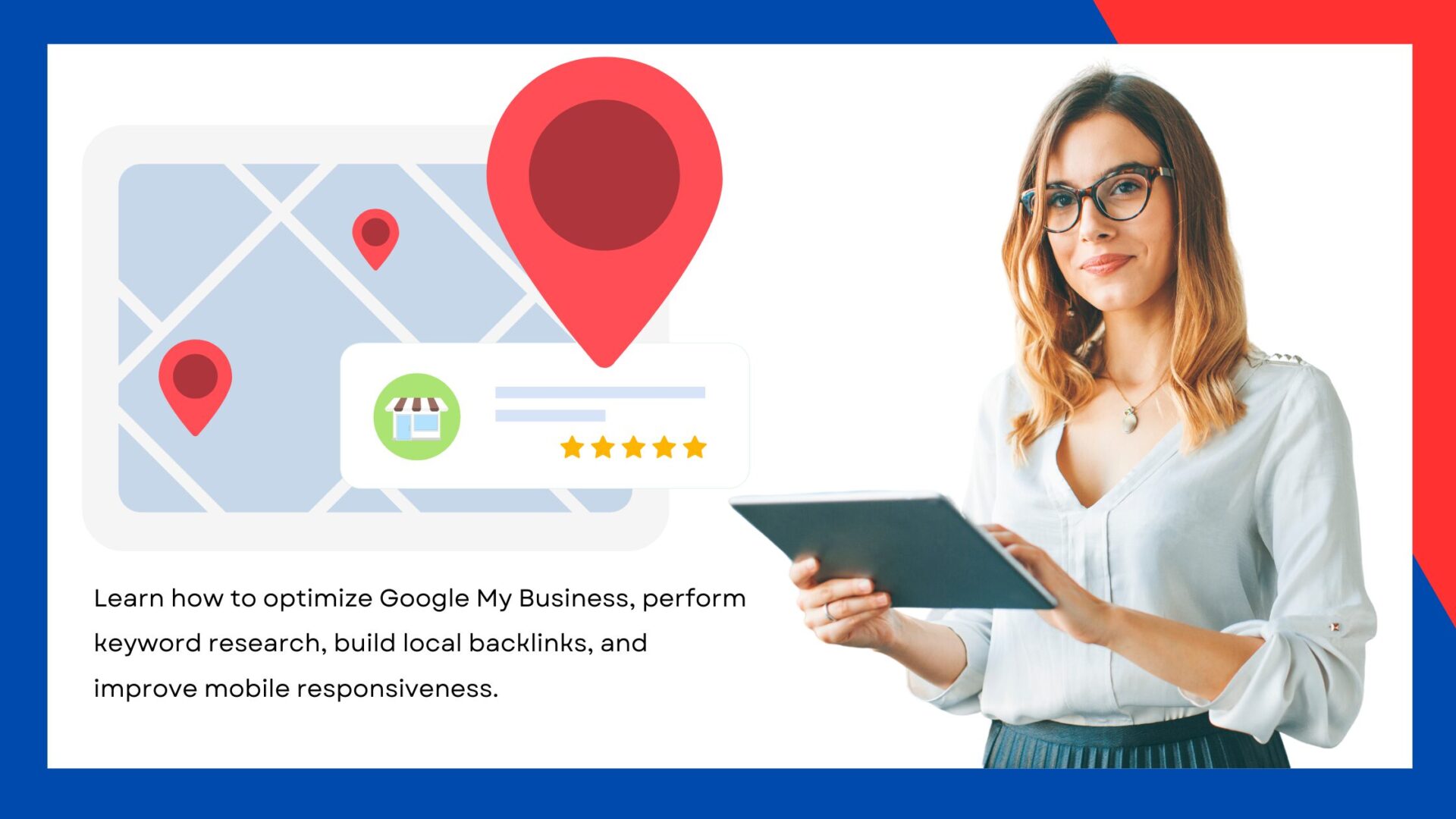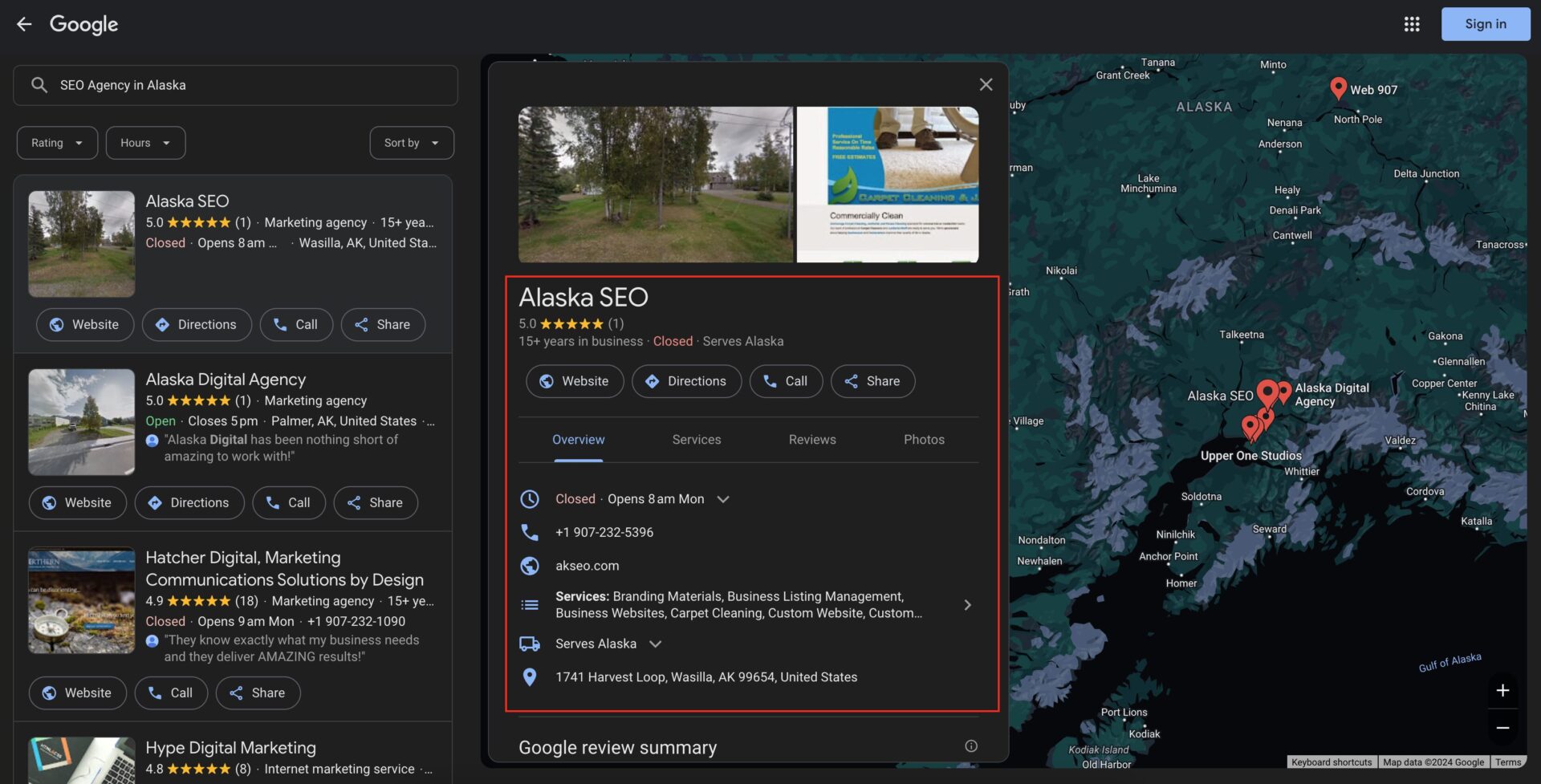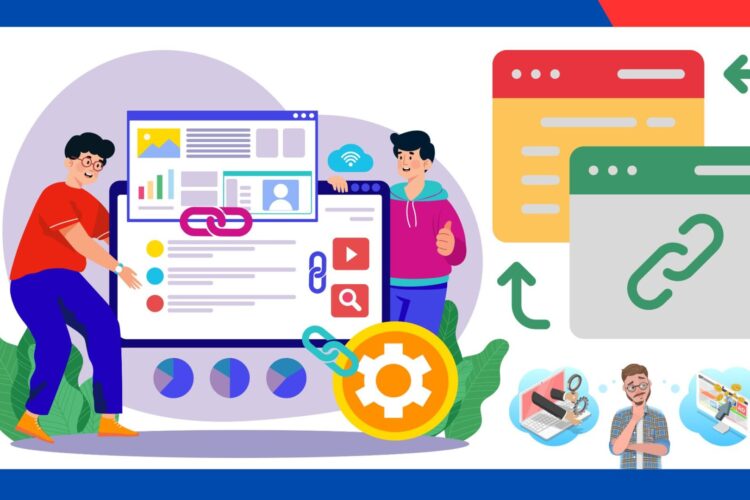
Get more traffic & sales with our experts
Optimize Your Site SEO According to Google Algorithm Guidelines
An SEO agency is dedicated to helping businesses succeed with effective, customized checklists that boost traffic and maximize sales.
We know local SEO is essential for small businesses. It improves your visibility to nearby customers and boosts local search rankings. This local SEO checklist covers everything you need to optimize your website and business for local search success.
Follow this local seo checklist and Boost Your Ranking
15 Point Local SEO Checklist for Small Business
1. Google My Business Optimization

- Claim and verify your Google My Business (GMB) listing.
- Ensure NAP (Name, Address, Phone) information is accurate.
- Choose relevant business categories.
- Add high-quality images of your business.
- Use a detailed, keyword-optimized description.
- Encourage and respond to customer reviews regularly.
2. On-Page SEO for Local Keywords
- Optimize title tags with local keywords (e.g., “Best bakery in London”).
- Add the business name and location in meta descriptions.
- Include local keywords in your H1 tags and content naturally.
- Use structured data/schema markup for local businesses.
Tip: Use tools like SEMrush to find relevant local keywords.
3. Mobile Optimization
- Ensure your website is mobile-friendly.
- Check mobile loading speed using Google PageSpeed Insights.
- Optimize images and reduce file sizes.
- Make sure buttons and text are easily clickable on mobile devices.
Tip: Mobile responsiveness is crucial for local SEO.
4. Local Business Listings
- Ensure NAP consistency across all local business directories.
- List your business in popular directories like Yelp, Bing Places, and Yellow Pages.
- Remove or update outdated business listings.
- Use local-specific directories related to your industry.
Tip: Consistent NAP info helps Google trust your business.
5. Online Reviews and Ratings
- Encourage satisfied customers to leave reviews.
- Respond to all reviews, both positive and negative.
- Use platforms like Google, Yelp, and Facebook for reviews.
- Ensure a steady stream of fresh, positive reviews.
Tip: Positive reviews build credibility and boost local rankings.
6. Local Link Building
- Get backlinks from local businesses and directories.
- Partner with local bloggers or influencers.
- Sponsor local events to earn high-quality, local links.
- Add your business to local Chamber of Commerce websites.
Tip: High-quality local backlinks increase domain authority and local search visibility.
7. Social Media Engagement
- Share your location and business details on social platforms.
- Post regularly on Facebook, Instagram, and LinkedIn.
- Engage with local followers by responding to comments and messages.
- Link your social media profiles to your Google My Business account.
Tip: Social engagement improves local SEO visibility.
8. Content Marketing for Local SEO
- Write blog posts targeting local keywords.
- Create location-specific landing pages for your services.
- Share local community news or events on your blog.
- Use local terms in headers, meta descriptions, and image alt tags.
Example: “Top 5 Restaurants in Downtown Miami.”
9. Technical SEO Audit
- Ensure that all pages load quickly (under 3 seconds).
- Fix broken links and 404 errors.
- Implement SSL for a secure browsing experience (HTTPS).
- Use a clean and easy-to-navigate site structure.
Tip: A smooth user experience keeps visitors on your site longer.
10. Local Citations
- Check that your business is cited correctly in online directories.
- Build citations on local business directories and niche websites.
- Consistent citations improve local SEO rankings and build trust with search engines.
Tip: Use tools like Moz Local to track your citations.
11. Geo-Targeted Ads
- Use Google Ads to target specific geographic areas.
- Set up location-based ad extensions in Google Ads.
- Optimize ad copy for local search intent (e.g., “near me” searches).
- Track your ad performance for local searches.
12. Voice Search Optimization
- Optimize for voice search by including conversational phrases.
- Add FAQ sections to answer common local questions.
- Focus on long-tail keywords such as “Where is the nearest coffee shop?”
Tip: Voice search is becoming essential for local SEO, especially on mobile.
13. Monitor Local SEO Performance
- Track your local search rankings using tools like SEMrush or Moz Local.
- Use Google Analytics to monitor website traffic from local searches.
- Measure phone calls, form submissions, and other local conversions.
Tip: Regular tracking ensures your local SEO strategy stays on course.
14. Create a Local SEO Dashboard
- Use tools like Google Data Studio to create a local SEO dashboard.
- Track metrics like local keyword rankings, organic traffic, and citations.
- Keep your clients updated on their local SEO progress with real-time data.
15. Ongoing SEO Maintenance
- Regularly update your Google My Business profile.
- Continuously optimize content for new local keywords.
- Perform monthly SEO audits to ensure your website is performing well.
- Stay updated on Google’s local SEO algorithm changes.
A well-rounded local SEO strategy is essential for every small business. Following this local SEO checklist ensures your business appears prominently in local search results, boosts your online presence, and attracts more local customers.
At Peak Impact, we’re here to help you with every step of the process. Use this checklist to optimize your local SEO efforts and stay ahead of the competition!
faq
Frequently Questions About Technical SEO
To target local SEO, claim your Google My Business listing, use local keywords in your content, build backlinks from local websites, ensure NAP (Name, Address, Phone) consistency across directories, and encourage reviews from local customers.
In 2025, local SEO will focus on optimizing Google My Business, improving mobile-friendliness, optimize voice search optimization, generating fresh local content, and building local backlinks. Incorporating structured data and schema markup for local businesses will also be essential.
Local SEO is measured by tracking local search rankings, monitoring Google My Business performance, analyzing website traffic from local searches, and reviewing conversions from local visitors, such as form submissions, phone calls, or in-store visits.
To rank higher in local SEO, optimize your Google My Business profile, use relevant local keywords, earn positive customer reviews, build high-quality local backlinks, and ensure your website is mobile-friendly and fast-loading.
One of the most important local SEO factors is optimizing your Google My Business profile. Having accurate NAP details, positive reviews, and a well-optimized profile significantly impacts your local search rankings.
Local SEO takes about 3 to 6 months to show noticeable improvements, depending on the competition and the quality of your optimization efforts. Consistent updates and ongoing optimization are key for sustained success.
To create local SEO content, focus on writing about local events, news, or community topics. Incorporate location-specific keywords in your blog posts and landing pages. Use images of your local area and include customer testimonials from local clients.
Author
Alice James
Co-founder - Alice James is an SEO expert content marketer with a proven track record in improving online visibility and driving organic growth for businesses. Her expertise includes keyword research, on-page optimization, and strategic content creations. Alice is dedicated to delivering measurable results and staying updated with marketing trends.










